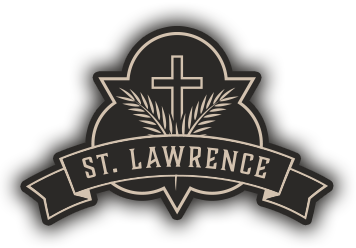2nd Sunday of Advent
Processional hymn: Creator of the Stars of Night, 799
Recessional hymn: Hark! A Herald Voice is Calling, 795
Kyriale: Mass XVII, 762; Credo IV, 780
Motet at Offertory: Conditor Alme Siderum, Guillaume Dufay
Communion Antiphon: Jerusalem Surge, Heinrich Isaac (c.1450–1517)
The Vespers hymn for Advent, Conditor alme siderum, dates to the 7th-century. It alludes both to Christ’s coming at Christmas for our salvation, and to His final return in glory. Sunday’s Mass will include the English chanted version for the procession and one of the earliest choral settings by Guillaume Dufay. Dufay’s compositions often use the technique of fauxbordon, where the original melody is retained with some embellishment while the other voices harmonize in a fixed parallel structure.
Guillaume Dufay (c. 1397–1474) was a priest, composer, and music theorist of early Renaissance music, who is variously described as French or Franco-Flemish. He was ordained to the priesthood in 1428 and spent his life directing and composing for papal and cathedral choirs. Dufay was among the most influential composers of the fifteenth century, and his music was copied, distributed and sung everywhere that polyphony had taken root.
